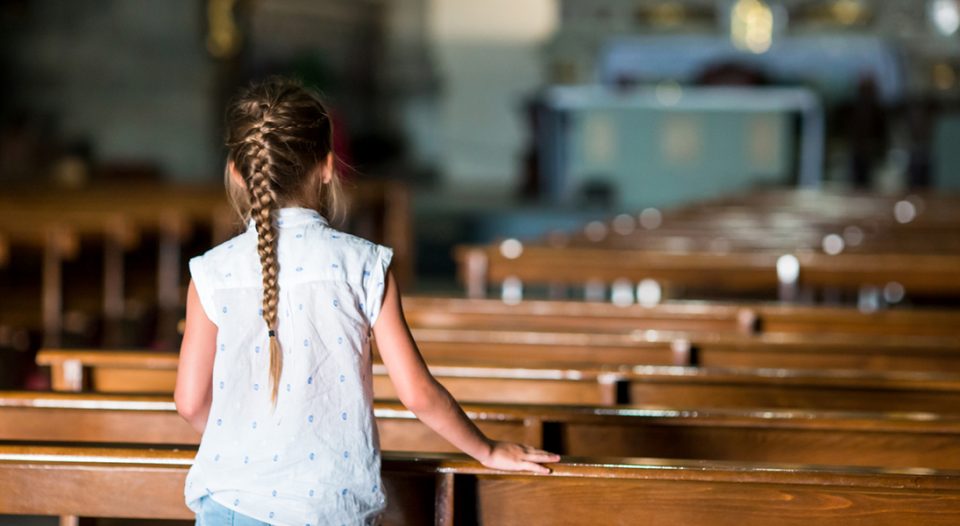I often hear churchgoing baby boomers like me say, “We don’t have any children in our church.” The implications are sad and clear: Our congregation won’t continue long beyond us. We have somehow failed even though we thought we were doing all the right things. We don’t know what to do next.
During my 35 years as a Lutheran pastor, I have been privileged to serve three congregations. One was rural, two were urban. One was in the Chicago area, two in South Carolina. While I haven’t grown a congregation to a thousand people, I have always been able to lower the age demographic where I’ve served. While on sabbatical, I’ve been pondering the principles and programs that perhaps have helped this happen.
More than coolness
I once was a young person, but I’ve never been cool. I’ve also never been a youth minister or camp counselor. I also don’t play guitar nor do I have tattoos that perhaps might make me seem wonderfully authentic to younger folk. I say all this not to be self-servingly self-deprecating, but to challenge our assumptions that only young people can communicate the gospel to younger people and that these leaders must look or act a certain way. But there are some programs and ways of being church that have proven effective in touching the hearts of children and their parents.
More than children’s sermons
Perhaps in your experience, the typical children’s sermon is effective and welcomed. I’ve rarely done them, partly because I never thought I did them very well, but also because they seemed more likely to entertain the adults than share the faith with the children. I also think they interrupt the flow of worship.
We need to dedicate ourselves to the truth that children of all ages are full participants in worship. Liturgy isn’t for adults only. Worshipers are different and have different needs. That’s why we sometimes print large-type bulletins or have hearing aids to accommodate some folks. Children are often not readers yet, so their bulletins are just coloring sheets. Children and even teens have a need to move around.
We need to dedicate ourselves to the truth that children of all ages are full participants in worship.
In one congregation, we developed the program Children’s Time in the Word, in which those age 4 through third-graders stepped out of the service just before the Scripture readings and stepped back in at the beginning of the hymn after the sermon. We trained lay leaders to guide this time together, centered usually on the gospel lesson for the day. In this way, they had the story “in their own language” from the children’s Bible and had an opportunity to share their highs and lows for the week, to talk about the story, to pray and to learn to offer a blessing for each other. And they got to move around, talk and giggle.
Children love drama. I don’t mean funny skits in place of the sermon—I mean the drama of the processional, liturgical dance interpreting the psalm (think about all your church children who take ballet), sharing the peace, coming up for communion, lighting candles at the Easter Vigil, bringing up the bread and wine for communion. If a child’s role in church is to stay still and stay quiet, and if a parent’s role in worship is to make sure they do these things, nobody in that family will have a worshipful experience.
Children grow into liturgy and, for the most part, they can participate in most of it. Pastors and worship-planners need to ask as they prepare their opportunities for praise and thanksgiving, “How are children directly participating in this part of the service?” If that happened, it might not be long before those children were the ones encouraging their parents to attend worship.




